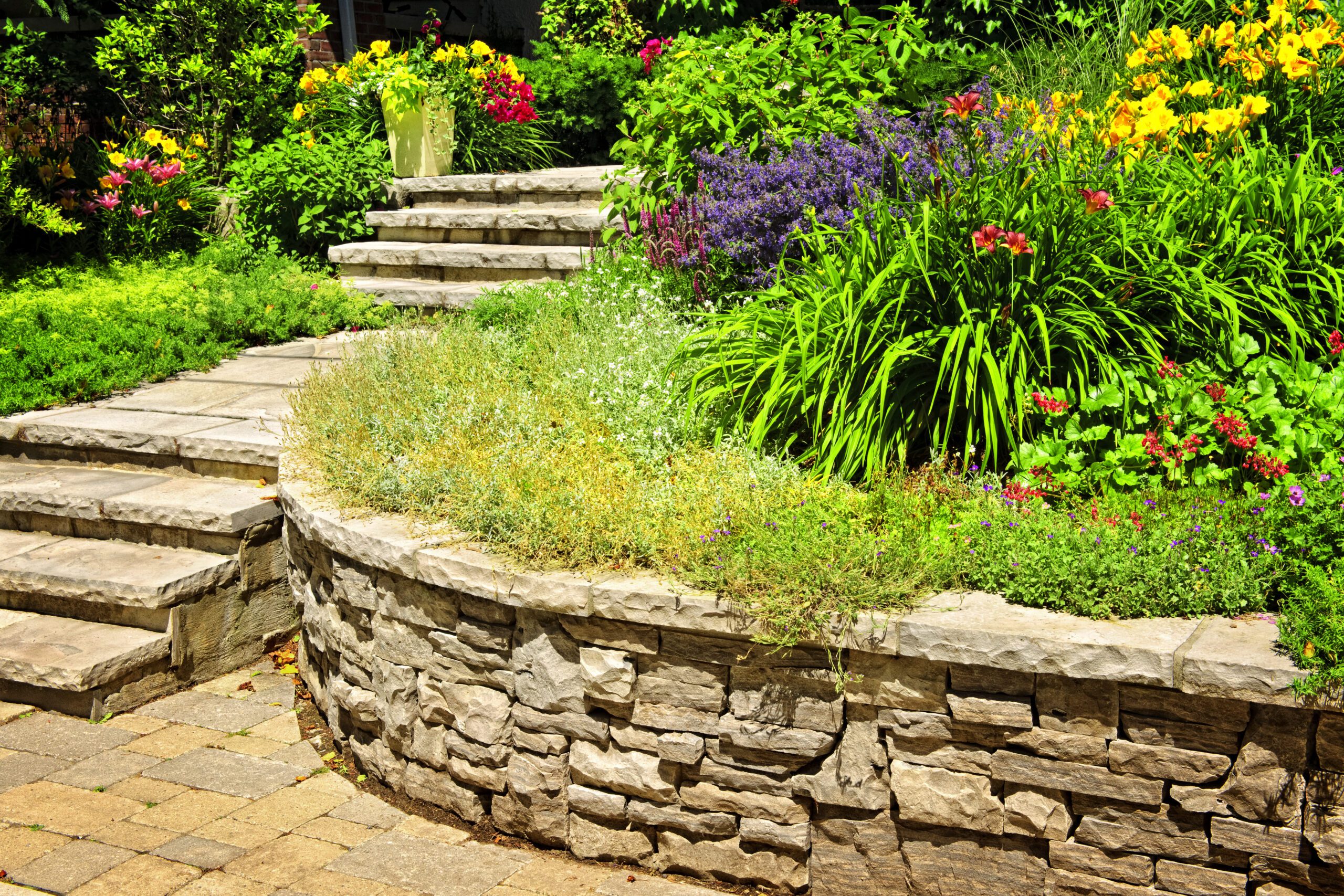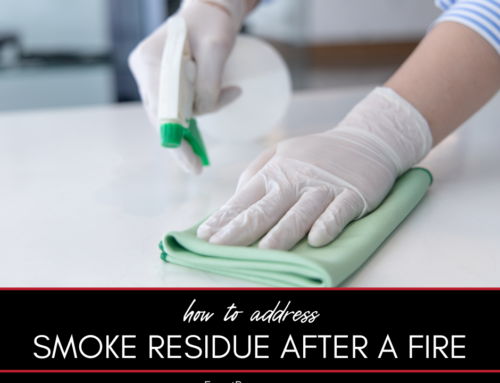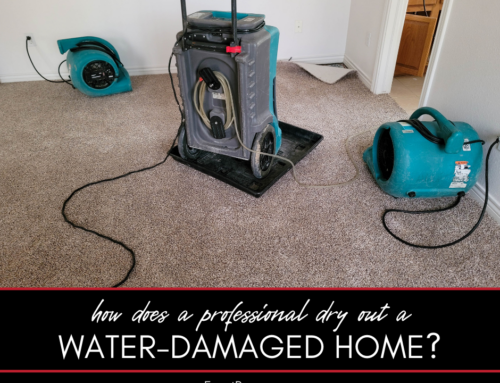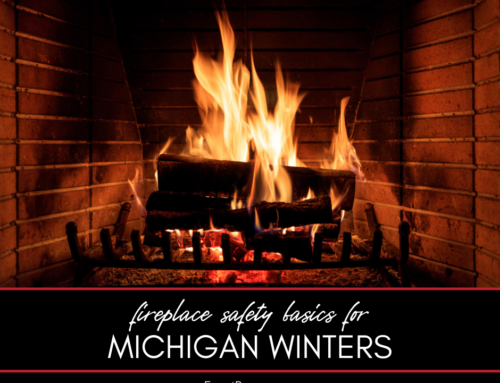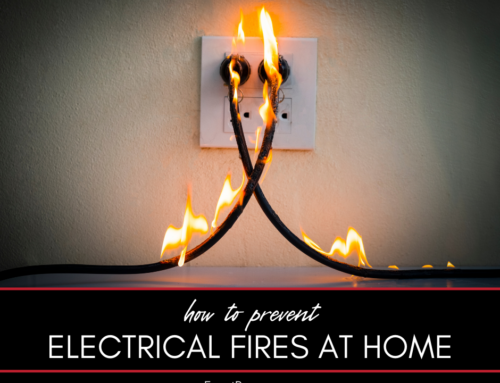Everyone wants a home that suits their lifestyle and needs, and to that end a home addition can be an ideal decision.
And who doesn’t want a beautiful landscape? Green, carpet-like grass, trimmed and mulched hedges, colorful beds of flowers. Perhaps the addition of several large, mature trees.
While these examples may be worthwhile enhancements, if the weight of your home and property rests atop a retaining wall certain major changes you make could cause the wall to fail by adding extra weight it wasn’t designed to handle.
Here are two examples of how additional weight can compromise your retaining wall, and as a result your home.
Additional or unexpected loads
A retaining wall should be designed and built to handle the weight of the structures, soil, and trees that are both above or surrounding it, and most retaining walls are intended to handle a predetermined weight load capacity. Additional or unexpected weight that’s added above your retaining wall will substantially increase the amount of stress and pressure it receives.
For instance you may decide to add a two-car garage to your home, or beautify your landscape with a row of mature trees. The additional weight load—over time—could cause your retaining wall to fail.
Most failures happen slowly. Small cracks may appear in different portions of the wall, or your wall may slide just a little every year until the distance of its movement becomes apparent. Once a wall begins to slide or slant it won’t stop without receiving major repairs, or it may need to be replaced.
The failure or collapse (“catastrophic failure”) of a retaining wall beneath your property could put your home and family in danger if the ground above the wall (beneath your residence) becomes unstable.
It’s best to consult with engineers to see if major changes you plan for your property will impact the performance of your retaining wall.


